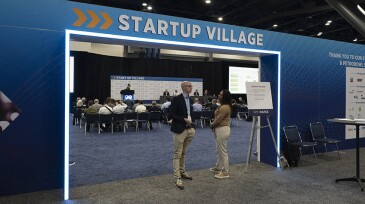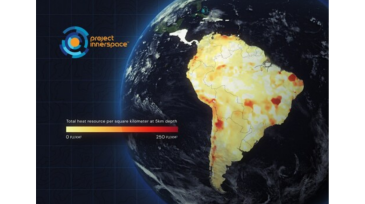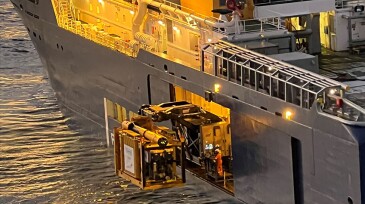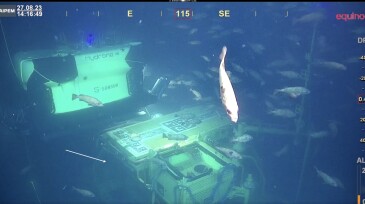R&D/innovation
This article is the sixth and final Q&A in a series from the SPE Research and Development Technical Section focusing on emerging energy technologies. In this final edition, Matthew T. Balhoff, SPE, of The University of Texas at Austin shares his views on the future of upstream education.
As cutting-edge technologies unlock geothermal potential, Japan is channeling investments into powerhouse projects across the US, Indonesia, and New Zealand and priming its own reserves for a clean energy boom at home.
KTH researchers unveil a nickel–iron catalyst that speeds up water splitting, boosting efficient, sustainable hydrogen production.
-
This article is the fifth in a Q&A series from the SPE Research and Development Technical Section focusing on emerging energy technologies. In this edition, Shantanu Agarwal, founder and CEO of Mati Carbon, discusses how the company’s approach to carbon removal led to winning the Musk Foundation’s XPRIZE in 2025.
-
SponsoredSince 1997, intelligent completions have transformed reservoir management, but adoption remains limited due to perceived complexity. The industry reached a pivotal moment with the development of next-generation technologies that address longstanding challenges and offer simpler operation solutions.
-
The ninth annual SPE ATCE Startup Village celebrated some of the most promising emerging technologies in the energy sector, highlighting the entrepreneurial spirit driving innovation in oil, gas, and low-carbon solutions.
-
The freely accessible online platform is the latest in a series of maps designed to reveal the continent’s untapped geothermal potential.
-
A 15-year SPE member, he will oversee the Office of Fossil Energy and the National Energy Technology Laboratory, managing a $5-billion R&D portfolio spanning coal, oil, natural gas, and critical minerals with the goal of advancing affordable and reliable energy solutions.
-
This article is the fourth in a Q&A series from the SPE Research and Development Technical Section focusing on emerging energy technologies. In this piece, David Reid, the CTO and CMO for NOV, discusses the evolution and current state of automated drilling systems.
-
Oil and gas experts encourage human/AI partnerships that can “supercharge” capabilities to create competitive advantages.
-
The US supermajor is using one of its lowest-value hydrocarbon products to generate double-digit production increases in its most prolific US asset.
-
With the right infrastructure and interoperability, subsea resident robotics could unlock more frequent, cost-effective inspections—and a new standard for offshore efficiency.
-
Emerging solutions could solve current subsea pain points, while a new taxonomy system could clarify the capabilities of the expanding domain of underwater vehicles.













